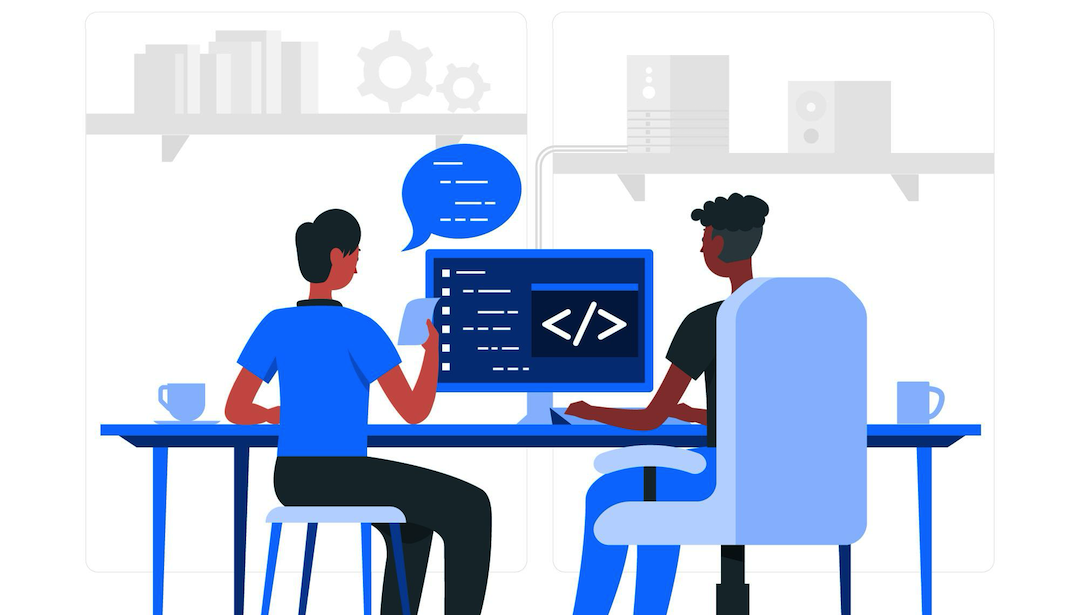
In the ever-evolving world of content management, WordPress stands out as a versatile platform, catering to bloggers, businesses, and creatives alike. But with great versatility comes the need for nuanced control, especially when it comes to post-accessibility. This guide aims to walk you through the process of modifying post accessibility in WordPress, including how to effectively Hide Author WordPress Posts, ensuring that your site not only remains dynamic but also respects the privacy and preferences of its contributors.










